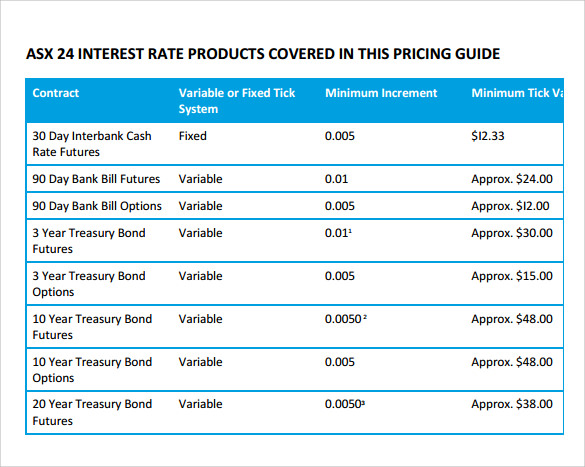

- Price per piece calculator how to#
- Price per piece calculator download#
- Price per piece calculator free#
If you find you're not hitting this target, adjust your portion sizes or ingredient costs. You can adjust your goal food and labor costs within this percentage as long as you don't go over 60%. Then, divide this number by your total sales to get your prime cost percentage. This number is the total of all costs of goods sold and labor cost for the restaurant. Luckily, there are steps you can take to discover your goal cost. The correct food cost for your restaurant can only be determined by you. Average Restaurant Food CostĪverage food restaurant cost varies by meal and the individual restaurant but should generally be between 28% and 35%. Once you understand how it works, try using your own recipes. You’ll see an example of a costed-out panko-encrusted salmon recipe that's there for reference’s sake. Input the ingredients on hand in ounces, the price paid, and ounces used.
Price per piece calculator download#
Once you download it, you can edit the cells and it'll do the calculations for you.
Price per piece calculator free#
You can also calculate your business's food cost is using this free downloadable food cost spreadsheet. The food cost percentage formula is: Food Cost Percentage = (Beginning Inventory + Purchases - Ending Inventory) / Food Sales Food Cost Spreadsheet It is a measure of cost of goods sold against sales and can help you determine if you're charging your customers the correct amount.
Price per piece calculator how to#
Food Cost Percentage: How to Calculate Food Cost Percentageįood cost percentage is just another term for food cost. That means it costs your restaurant an average 36% of a dish’s sale price to make it. For our example: $1800 (Inventory Usage) ÷ $5000 (Food Sales) x 100 = 36% (Food Cost)įood cost is 36%. Finally, use the food cost formula to calculate your cost with the two values you've obtained in the steps above. Assume total sales for the month were $5,000. For example, for a $10 salmon dish: 45 (Plates Sold) x $10 (Sales Price) = $450 (Total Sales for Salmon)ĭo this for all products sold then add them all together for your restaurant or bar's total sales. Multiply the amount of product sold during the month by sales price. If you don’t have a POS system, you can manually calculate the sales by product. Sales can easily be found in your bar's point of sale system. For our example, we'll assume you use $1,800 worth of inventory this month. You'll also have to add in any inventory you ordered during the month (purchases). Your ending inventory is what remains after closing on the last day of the month. Use the formula below to calculate usage: Beginning Inventory + Purchases - Ending Inventory = Inventory Usageīeginning inventory is what you have before opening on the 1st of the month. This is how much product your restaurant or bar has used over a certain period of time. To calculate your food cost, you'll have to calculate inventory usage. The food cost formula is: Food Cost = (Beginning Inventory + Purchases - Ending Inventory) / Food Sales How to Calculate Food Cost Step 1: Determine Inventory Usage Here we’ll lay out the actual food cost formula and give you the steps and tools to calculate your own costs. The closer your ideal and actual food casts are, the more profitable your business.įood Cost Calculator: How to Calculate Food Cost It can help motivate you to take inventory, work to reduce waste, and prevent losses. Though ideal cost isn't an accurate measure, you should calculate it for your business. Since shrinkage occurs in the real world, actual cost is always a higher percentage than ideal. Ideal cost is what your cost would be if you ran the perfect restaurant with no waste. Ideal food cost is a calculation that does not factor in inventory losses, while actual cost is calculated using real inventory levels. You can take inventory quickly and easily using bar inventory software. The best way to do this is to take inventory often and minimize inventory shrinkage. Profit margins are thin in the restaurant industry, so you really need to know how to price a menu. Knowing your business's actual cost percentage is necessary for this. Tracking cost will also allow you to react to changes in restaurant sales and adjust pricing ( psychological pricing, anyone?), ordering, and offerings on the fly. Maintaining the proper food cost ratio will help you price your items correctly and maximize profit.

It's a valuable part of restaurant bookkeeping. Looking at this cost and optimizing the return on each dish can turn a floundering business into a profitable one. This number is used to establish prices and helps set the tone and quality of a business. Food cost provides insight into a restaurant or bar's profitability. This metric is always displayed as a percentage. Food cost is the ratio of ingredient cost to revenue generated from food sales using those ingredients.


 0 kommentar(er)
0 kommentar(er)
